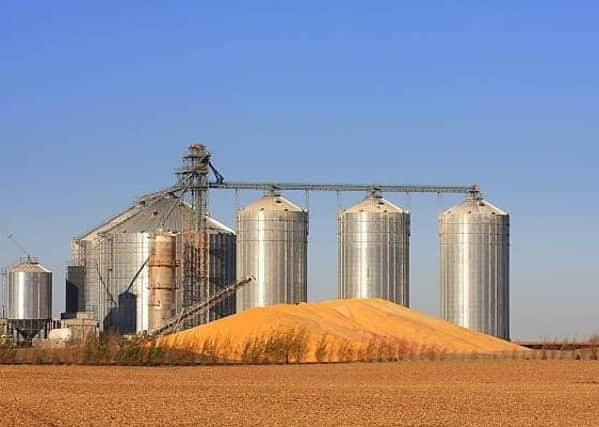China drives grain demand


Recent weeks have seen a spending spree of record proportions as China continues to replenish its reserves of maize and soya.
Brazil has been the main supplier with the tonnage of soya traded to China in the first half of this year increased by over 20 million tonnes on 2019 and a further 10 million tonnes have been shipped in July.
Advertisement
Advertisement
Brazilian farmers are planning to expand their soya plantings and substantially increase on their 120 million tonne annual production in response to the demand from the world’s biggest buyer.
However for the current season attention will soon have to switch to the US or Argentina as Brazil’s supplies run down and a new harvest doesn’t arrive until February. Argentina has a 50 million tonne soya crop but a combination of their disastrous economy, plummeting currency and export taxes along with closure of some crushing plants due to outbreaks of Covid 19 mean that farmers are holding on to their beans. The China effect is driving up soya prices but the good news for sterling buyers is the weakness of the US dollar – which has lost six cents against the pound since the beginning of July and has effectively cancelled out the price increase at the origin.
The weakness of the dollar has also helped make the US corn by-products more competitive and corn gluten and distillers are likely to feature as a protein source in ruminant rations next winter.
Maize has also enjoyed support from Chinese demand and along with some recovery in ethanol demand has helped keep prices firm – it is still the cheapest cereal however, trading at a discount of around £30 per tonne to wheat.
Advertisement
Advertisement
Closer to home the European grain harvest is getting under way slowly with no sign of harvest pressure as yet.
The crop has been significantly reduced by lower planting last autumn and lower yields due to moisture deficits in some areas. In the UK this is reflected in a wheat crop of around 10 million tonnes – down from 16 million tonnes last year.
The USA and Russia are also indicating reductions in the current wheat harvest and there will be an increased reliance on production from Southern Hemisphere with a big increase expected in Australia where the country has come out of a period of drought.
A global surplus is still expected however – although some of the increase in stocks anticipated is in China and India which are not really export regions and therefore the extra tonnes will not be available to the wider market.
Advertisement
Advertisement
Barley yields have been variable across the UK and in spite of a reduced crop and exports to Holland and Germany the market is well supplied - with barley trading at a discount of £28 to wheat.
The general outlook for the grain and feed trade is one of strong demand but matched by plentiful supplies.
As always there is potential for volatility driven by weather and currency but now with the added uncertainty as to the Brexit outcome and the potential for this to bring new tariffs and disruption to trade.